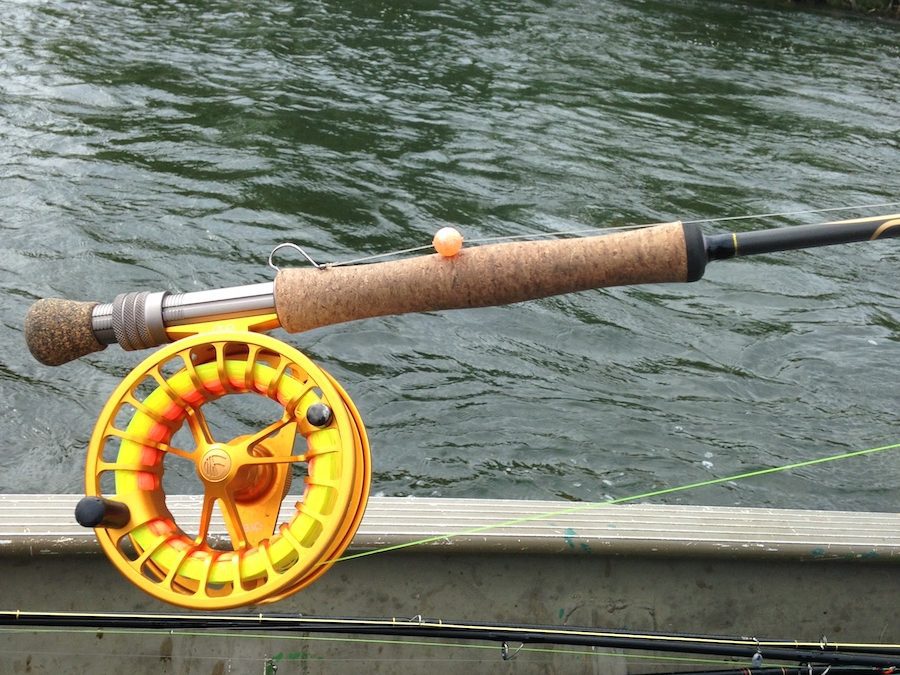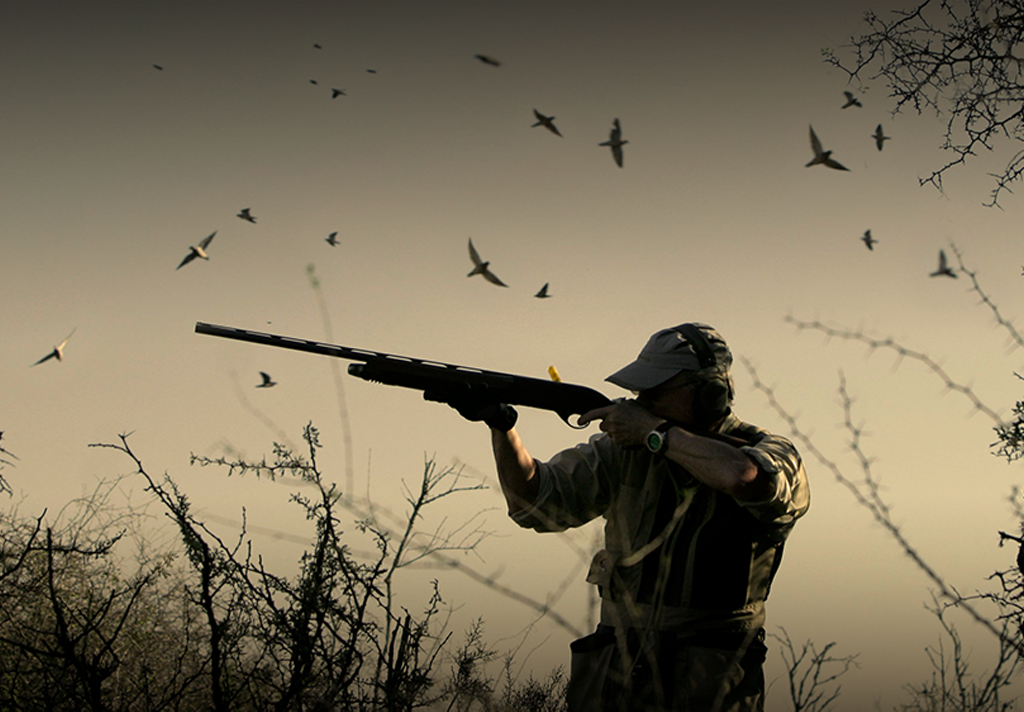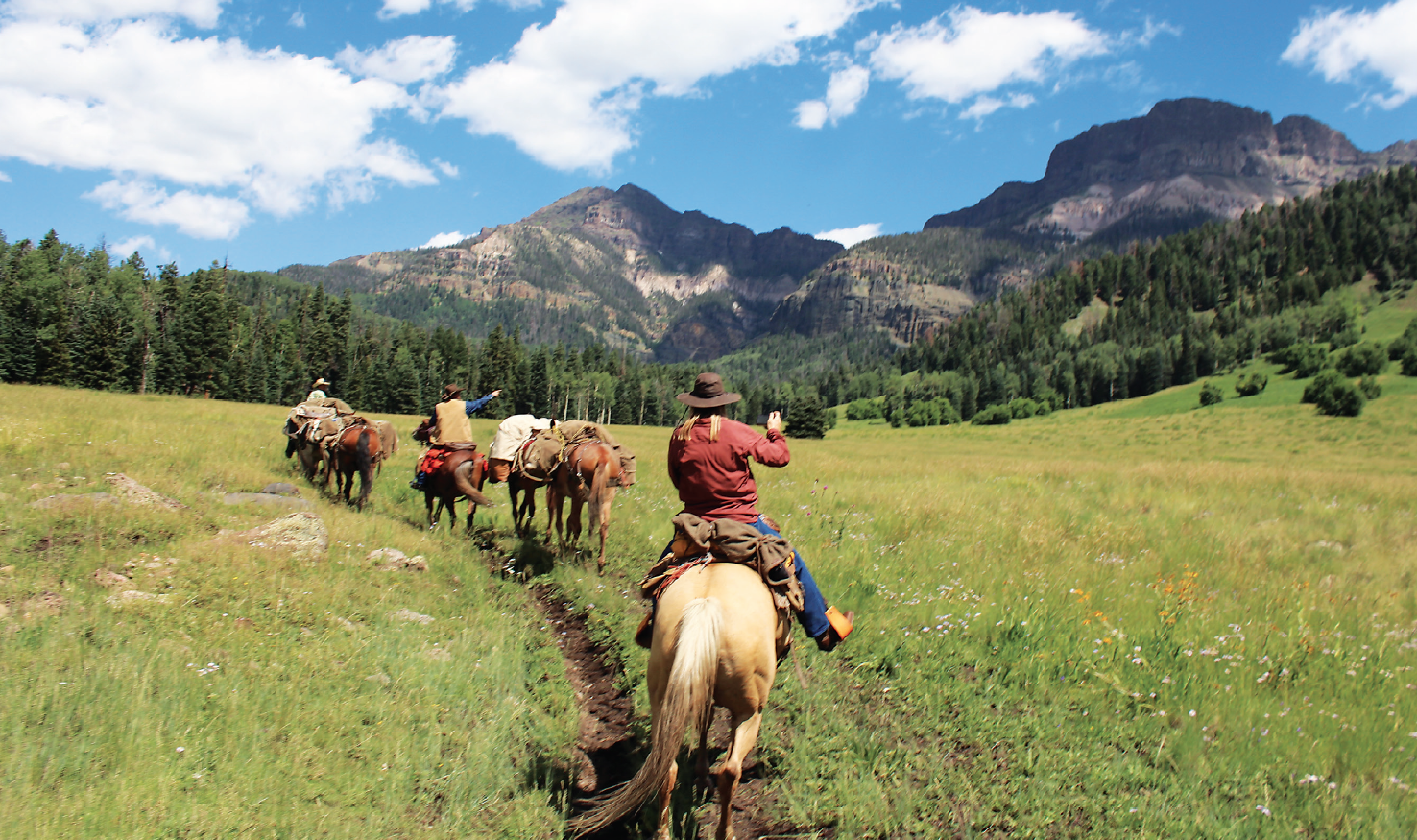Iowa’s first fish hatchery was built in 1874 near Anamosa to raise trout. As interest in trout fishing grew and hatcheries became essential to replenish trout populations in heavily degraded streams, more emphasis was placed on trout culture. The DNR operates three hatcheries that provide more than 360,000 fish each year.
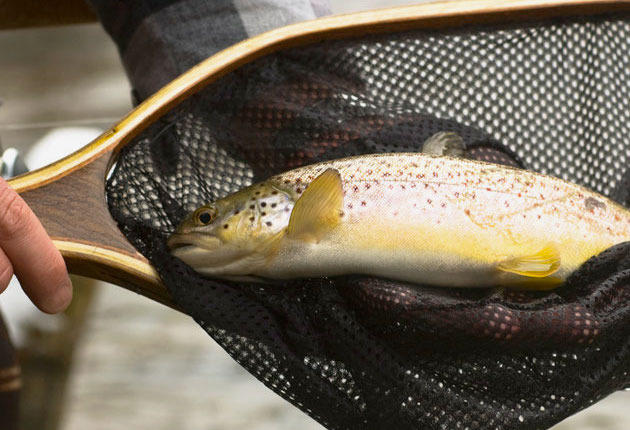
You can catch trout all year around, and with few exceptions most of Iowa’s trout streams have fish long past the usual stocking schedule. Iowa has more than 40 trout streams with consistently naturally reproducing brown trout and another 30 streams where natural reproduction occurs, but not consistently.
Increased flows after a gentle spring shower frees food items and triggers the trout to go on a feeding spree. As rainfall enters the stream, water clarity becomes a bit more muddy, helping to hide the leader and line. Worm fishing can be productive at these times along with nymphs and streamers.
Summer is the best chance for fly-fishing since natural insect hatches are common and strong. Fishing with spinners that imitate minnows is at its peak because natural minnow abundance is highest at this time. Summer marks a critical time for trout survival as temperature and oxygen become important factors. The maximum water temperature for trout is 75 degrees and the dissolved oxygen should be about 7 parts per million. Trout seek out favored habitats that have the best environmental conditions, so look for springs that flow into trout streams and keep the water temperature cool. Work these sites carefully; many have some nice fish.
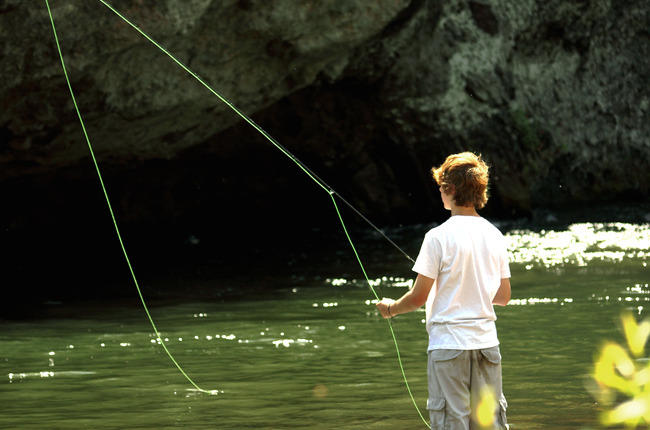
By autumn, live or prepared bait, wet flies and spinners return to the trout fishing routine. Dry flies can still be productive, but the insect hatches become more sporadic and less intense than in the summer. Early fall is grasshopper time, especially for brown trout. Collect them in the cool of the early morning. Imitation grasshoppers also work well. Nightcrawlers are equally effective, mainly after light rainfall. Try not to disturb active trout nests or redds, visible as areas of cleaned gravel in the stream bed, when fishing in the late fall and throughout the winter. Brown and brook trout build these redds and put their eggs into them. The eggs stay in the redds until they hatch in the late winter or early spring. Avoid stepping on or near a redd.
Learn to “read” a stream – find habitats that offer food and cover. Trout are not randomly scattered in a stream. The stream current carries food to the trout while it waits. Although trout are streamlined, they do not randomly use up energy. Find trout along the edge of the current flow near protective cover. Look for cover with the most food and least effort needed. Some anglers use attractor lures, either a spinning lure or a fly, to lure a trout to chase it.
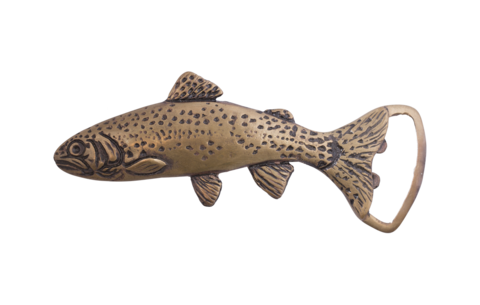 The Rainbow Trout is one of the most sought after fish caught in our rivers and streams throughout North America. This is one of the many species of trout we all love to catch on the fly.
The Rainbow Trout is one of the most sought after fish caught in our rivers and streams throughout North America. This is one of the many species of trout we all love to catch on the fly.
Each buckle is handmade from Tumbaga, a blend of silver, gold, and brass. All designs are branded with our HNH signature to ensure origin and numerical lineage. Over time each buckle captures a unique colorful patina. Quick release belts sold separately. Shop Now.

